Copyright 2020 - 2021 irantour.tours all right reserved
Designed by Behsazanhost
How Isfahan attracts the eye and heart of the traveler
How Isfahan attracts the eye and heart of the travelers
Isfahan is one of the oldest cities in Iran and the most important of Iran's tourist destinations annually hosts millions of tourists from all over the world. This beautiful city is known as Iran's Florence. It offers the most beautiful historical and artistic works to its visitors. All travelers have considered Isfahan as the best part of their trip.
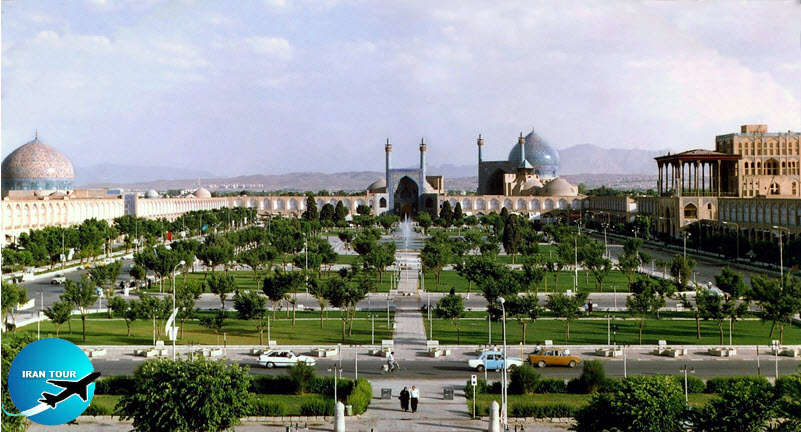 |
But why Isfahan
Different cities around the world have different attractions for tourists to attract them.
Some have historical attractions, such as Rome.
Some have cultural attractions, such as New York and London.
Some are beautiful, such as Venice and Amsterdam.
But Isfahan has all these characteristics comprehensively.
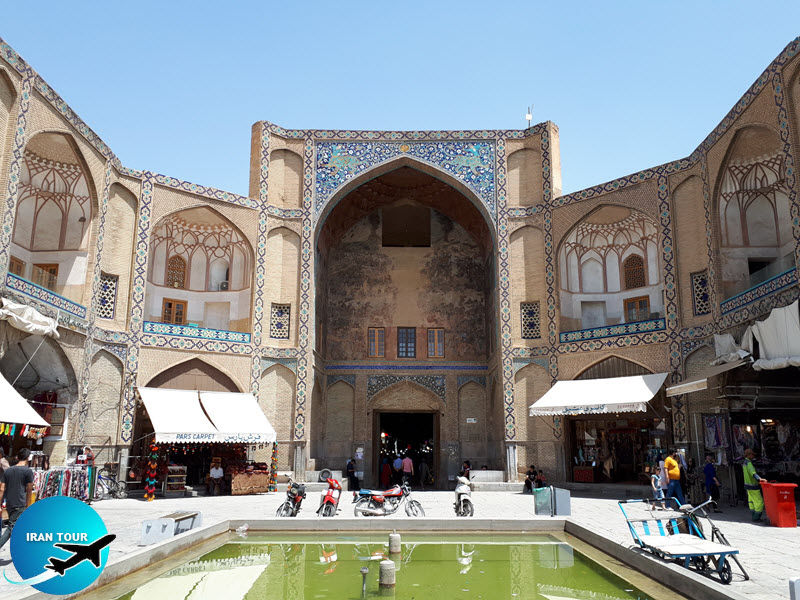 |
1-History
Isfahan is one of the oldest cities in Iran. This city has been focused on by the governments in different periods. It also has been selected as the capital during various periods. The peak of Isfahan's flourishing is the Safavid period, which chose by Shah Abbas I, as the 3rd capital of the Safavid dynasty. Isfahan's historical monuments are a 3000 years old collection. These monuments include pre-Islamic and post-Islamic objects.
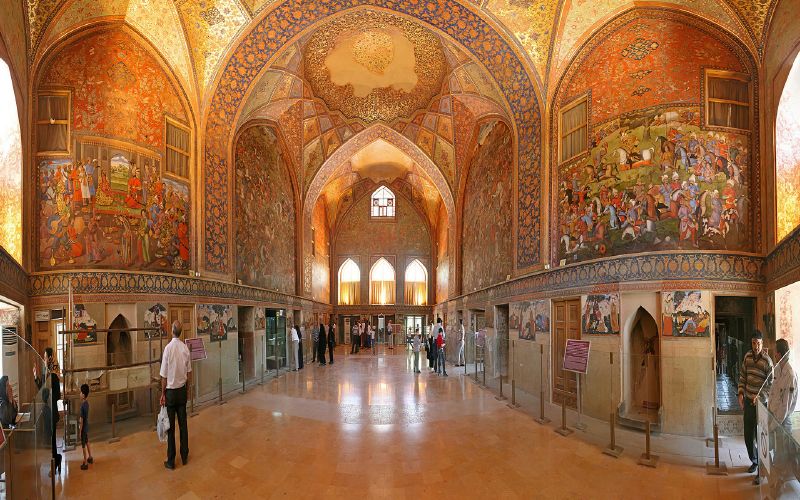 |
2-Historical Monuments
Isfahan "the museum city" or "half of the world" are other names for this beautiful city. This old city with more than 300 recorded historical monuments is the top Iranian tourism destination.
These monuments divide into two groups:
Pre- Islam: Ashraf Hill ( 3rd Century BC) - Jey Area or Old Isfahan and Zoroastrian Fire Temple.
Post-Islam: Mosques - Historical Bridges - Islamic Tombs and mausoleums - Palaces - Bazars - Caravansaries - Minarets - Glorious Schools and Mosques.
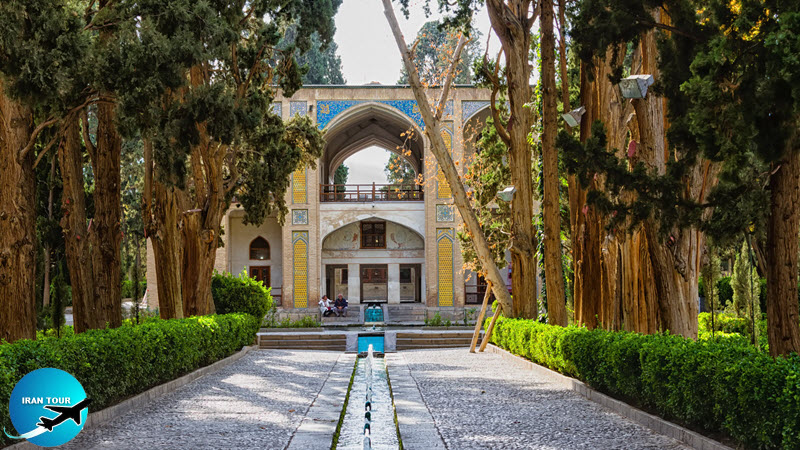 |
3- Gardens
Isfahan: The City of Garden Designing
Contrary to the Europeans, who generally pay more attention to the raising of flowers, Iranians usually make every endeavor to plant trees, design gardens, streams, etc. to redress the negative effects of the strong sunshine. Since the relatively dry climate (the humidity of Esfahan is about 20%) bothers people, such public parks are set up to give ideal rest and energy to them to continue towards their destination.
Due to the Zayandeh Rood river and the ditches networks (Madi) this city has enjoyed a verdant coverage characterized it locally and internationally Thus, the majority of the historians since the 8th century AD have recounted the names of Isa Ibne Ayoub and 'Abd al Aziz gardens from the Deylamite period. Garden design was one of the most important items in city arrangements during the Seljuk Dynasty in Esfahan.
During the reign of Shah Esmail I, the founder of the Safavid Dynasty, a large garden was established called: Naghsh e Jahan' which later became the famous square by the same title at the time of Shah Abbas I. Simultaneously (17th century), multitudes of gardens designed in Esfahan, exceeding 71 large gardens that some of them covering tens of acres. Among them, Hezar Jarib was the most famous, described by Thomas Herbert as the Heaven of Shah Abbas I. Hezar Jarib (1000 Iranian acres) Garden A Public Park of the Safavid Era. This famous garden located in the southwestern part of ancient Esfahan (Seljuk), dates back to the 17th century A.D. and was in harmony with the slope of the land designed in sixteen different levels.
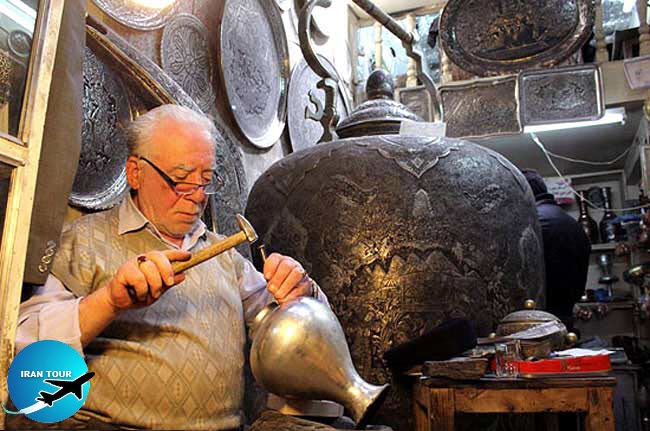 |
4- Art
Isfahan province and especially the city of Isfahan have the largest variety of handicrafts and traditional arts among the cities of Iran. These artistic industries represent the taste and style of these people that have formed throughout history and reached a peak in the Safavid period. The most important artistic works of Isfahan can be found in such arts as Carpet weaving - painting - woodcarving - metalwork - mosaic - various types of engravings and others.
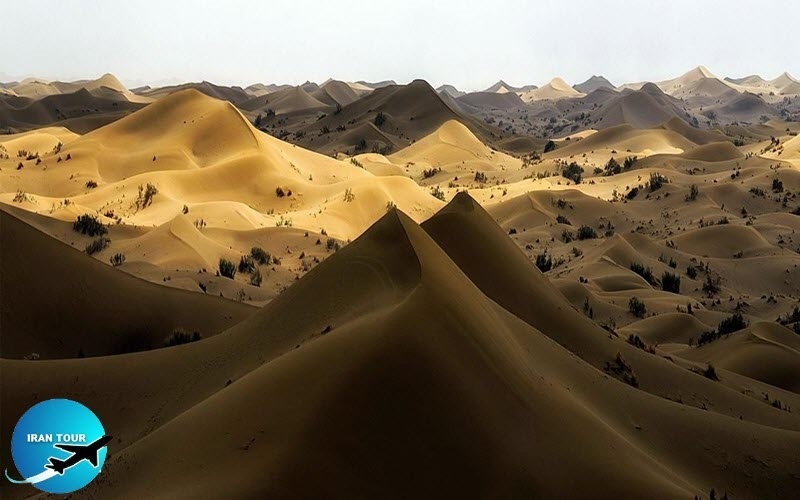 |
5-Isfahan's Nature
Isfahan is one of the most privileged areas of Iran's natural tourism potential.
This province attracts tourists with special tourism features, which can offer during the four seasons of the year. The mountaineers and hiking lovers can see the best natural screen of Isfahan's mountain in spring and summer. Also, the rivers of the province and around such as Zayandeh Rood and Armand will provide the best rafting paths. Autumn and winter are the best seasons for desert tours. Isfahan's deserts like Maranjab - Varzaneh and the Mesr desert are the best to enjoy their beauty. Finally the unique nature of Isfahan, by creating different waterfalls - deep and beautiful caves and natural parks show another part of its beauty.
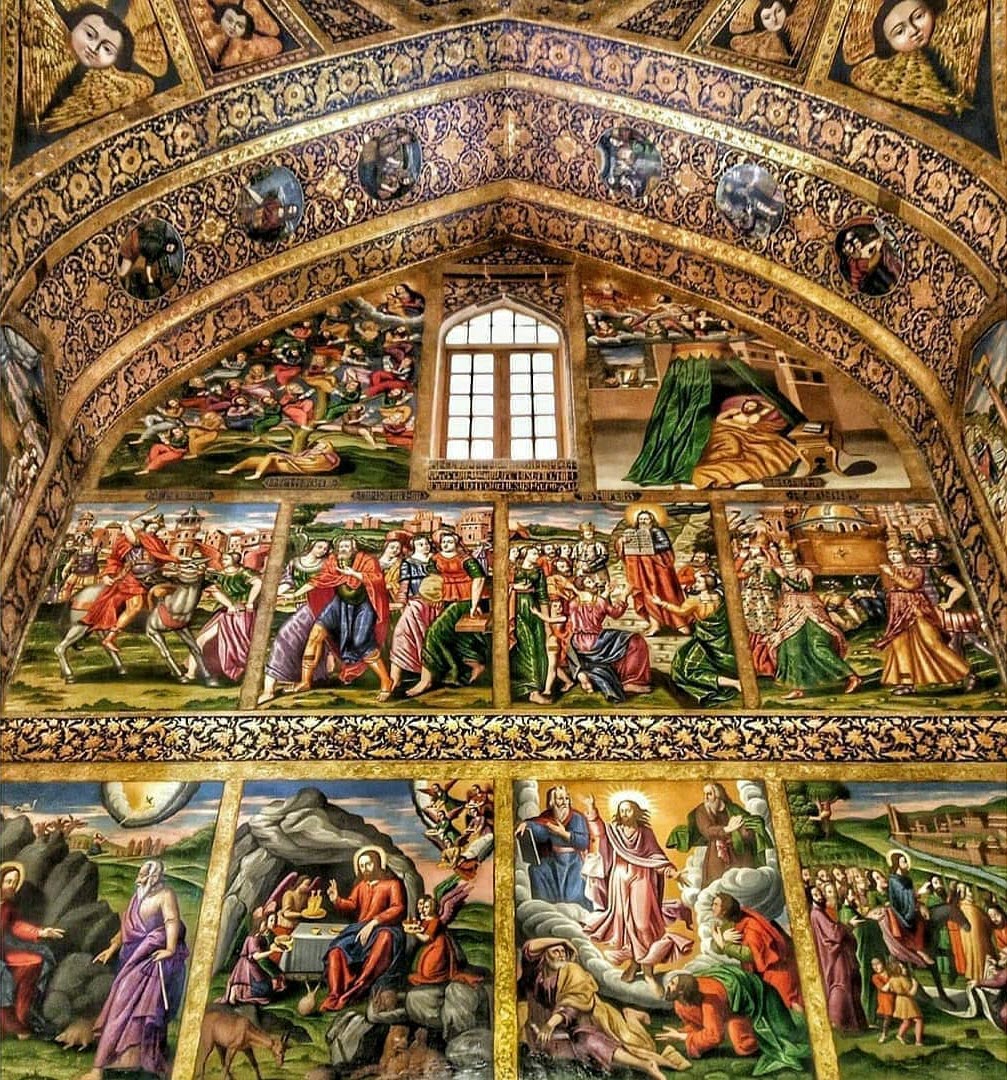 |
6- Religion
- Different religions live in peace and tranquility in Isfahan.
- Esfahan Different religions underneath a sky
Isfahan has always been the host of many different nationalities, religions, and religions. It has been one of the major migrant cities in the migration of believers of various religions. Isfahan has always been the place of life for different nationalities and religions. In the immigration of believers in various periods, it had been the main target of immigration. Isfahan due to its
- The Zoroastrians of Esfahan
Zoroastrians are amongst the initial citizens and the local people of Iran. Gabay. Gay or Jey lived in the two ancient and historical Sarouyeh and Mehrin, now known as "Tappeh-e-Ashraf and Atashgah Spectively. Regarding this fact, the only surviving ancient Esfahan is the gah which belonged to the Zoroastrians.
- The Jews and the Historical Background of their residence in Esfahan
According to the chronicles of geographers and travelers of the 17th century, there existed initially two residential areas in Esfahan. One was Yahudieh Jew Quarter and the other one was known as Jey or Shahrestaneh, Muslim Quarter Vahudieh was about two times larger than Jey, and its Jewish inhabitants misrated here since they could not tolerate anymore the endless cruelties of Nebuchadnezzar II, the Chaldean King of Babylon (Bokht
- Julfa Quarter and its Armenian Churches
To accommodate the Armenians, who immigrated from Aras Julfa to Esfahan, a new parish was established for them called: New Julfa. Much liberty and concessions were granted to this community to practice their own religious and traditional ceremonies. Then, the Armenians appointed their own administrator to handle their affairs, and the land rights (demurrage) were conceded to them by the order of Shah Abbas I, as a particular residential area for the Christians in 1604 A.D.
7- Culture
Isfahan has artistic, active, intelligent, and
A province with authentic monuments and architecture, which is known to half the world. The people of Isfahan have a rich, old and deep culture that they are proud of. The specific cultural characteristics of the Isfahan people can be identified in the following ways: Clothing - Language - Customs - Native customs - Religious-Cultural and historical events, and Music. Isfahan people continue to adhere to their rituals and customs despite the expansions of urban life and the threat of extinction.
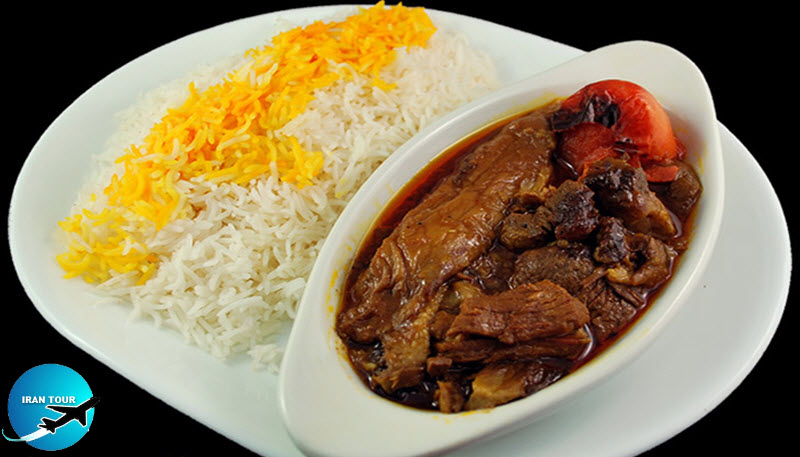 |
| 15 Mouth-watering Cuisines You Have to Try in Iran |
8- Cuisine and souvenir
To recognize a country must eat it.
Isfahan has a wide variety of foods and souvenirs that travelers use them.
The most important food of Isfahan
The most important souvenirs of
- Details
- Category: Esfahan Tourism
















